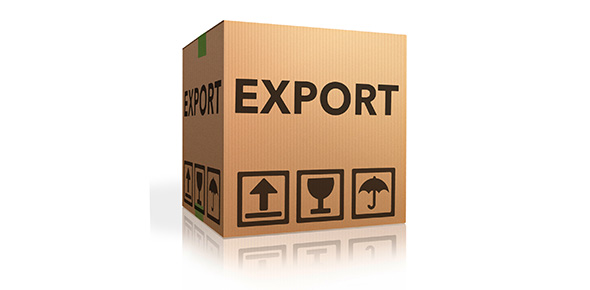Nsaids - Part 1 - Cox Enzyme Functions (Msq Drill 177)
2.
You may optionally provide this to label your report, leaderboard, or certificate.
Submit
Submit
Submit
Submit
















